TL18NASA
Latest
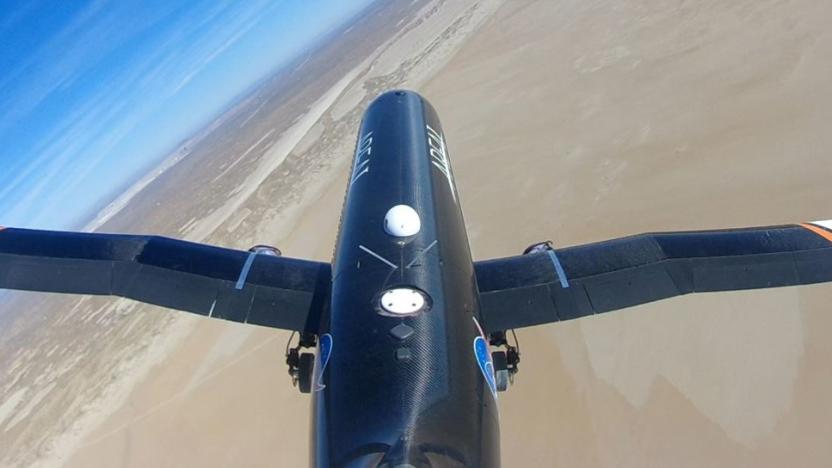
NASA tests light, foldable plane wings for supersonic flights
Planes that can fold their wings to different angles while in the air have the potential to fly faster than their peers, and NASA has recently made headway into their development. The space agency has conducted a series of test flights proving that it can control the wings it designed to move into any position and that they have aerodynamic benefits. While the technology has existed for a long time, it typically requires the use of heavy hydraulic systems. NASA's version doesn't need that kind of machinery: it relies on the properties of a temperature-activated material called shape memory alloy instead. Upon being heated, the alloy activates a twisting motion in the tubes serving as the wings' actuator, moving the wings' outer portion up to 70 degrees upwards or downwards.
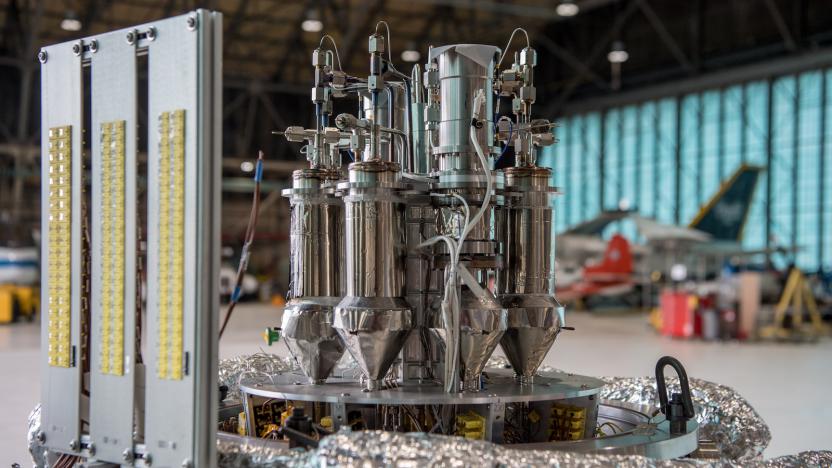
NASA tests small nuclear reactor that could power a habitat on Mars
Everyone from Elon Musk to Donald Trump wants to send a crewed mission to Mars in the not too distant future, but there are quite a few problems that need to be solved before we can achieve that goal. A major one is the issue of energy. Long-term stays on Mars, or anywhere else for that matter, will require lots of energy, as will the trip back to Earth. However, loading a rocket up with all of the necessary fuel won't work -- we would need too much. So a way to create fuel on the go is a must and researchers at NASA, Los Alamos National Laboratory and the Department of Energy announced today that they've conducted successful tests of a system that can do just that.

NASA's high altitude ER-2 scans California's wildfires
For the second time this year, swaths of California are burning out of control thanks to unseasonably warm and dry temperatures. To better study what's happening and assess the environmental impact, NASA deployed its high-altitude ER-2 aircraft with a host of scientific instruments on board. In the image above, sunlight glints off its wing as it flies over the Thomas Fire in Ventura county at around 65,000 feet.
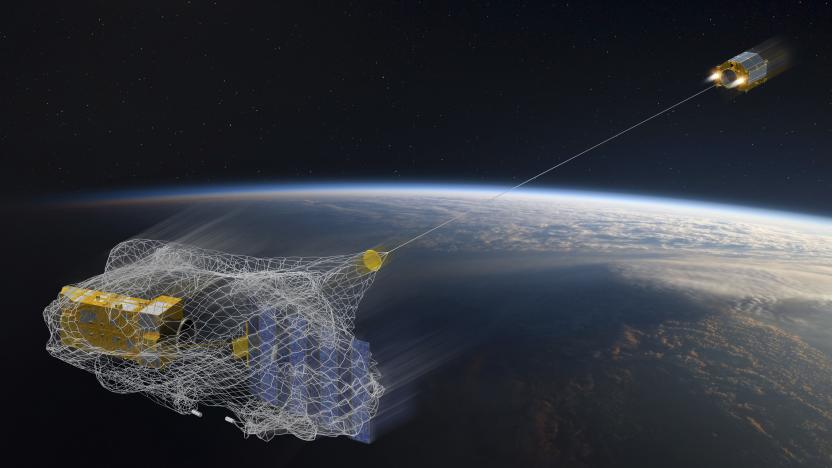
The robots that will sweep Earth's skies
After six years in space, China's first orbital station, the Tiangong-1 (aka the "Heavenly Palace") has finally outlived its operational limits and begun its descent to Earth. It's expected to re-enter the atmosphere in a few months, whereupon a majority of the 9.3-ton station should burn up before reaching the surface. This is how defunct satellites are supposed to be disposed of. Unfortunately, until very recently, that hasn't often been the case.
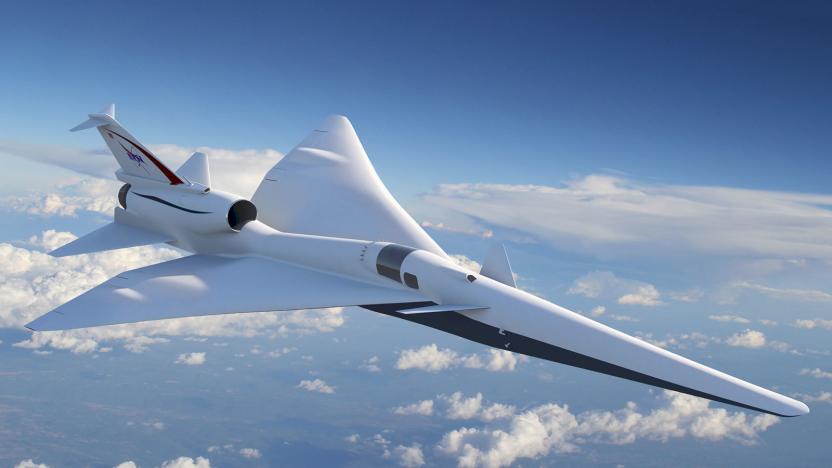
NASA moves ahead with plans to build a quiet supersonic jet
NASA's dreams of a quiet supersonic jet are one step closer to fruition. The agency tells Bloomberg that it'll start taking bids to build a larger (94-foot) real-world demo version of the aircraft that it tunnel-tested in June, and we now have a clearer sense of how well it'll perform in real life. The design is expected to reduce noise to no more than 65dBa, which is exceptionally quiet for an aircraft -- co-designer Lockheed Martin likens it to the inside of a luxury car. That would make it safe to fly just about anywhere. The Concorde, by contrast, was an assault on your ears at 90dBa and was limited to overseas flights.
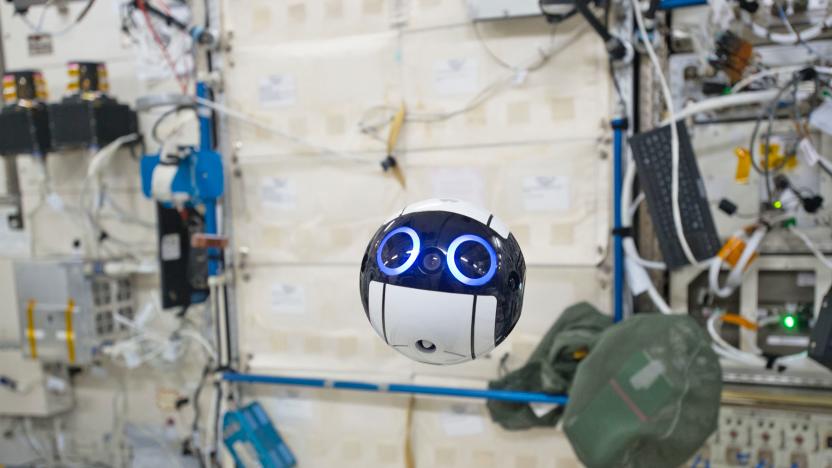
Meet the International Space Station’s adorable camera drone
Astronauts on board the International Space Station have a new robotic companion to play around with. The Japan Aerospace Exploration Agency (JAXA) has released the first images shot by the "Int-Ball," a spherical camera that floats around alongside the rest of the crew. With its monochrome paint job and blue, circular eyes, it looks a little like Wall-E's Eve — or at least her head, in some kind of prototype form. Notably, the Int-Ball can move around autonomously or be controlled by operators back on Earth. The images are transferred in near real-time allowing JAXA staff to quickly evaluate problems and offer possible solutions to ISS residents.





